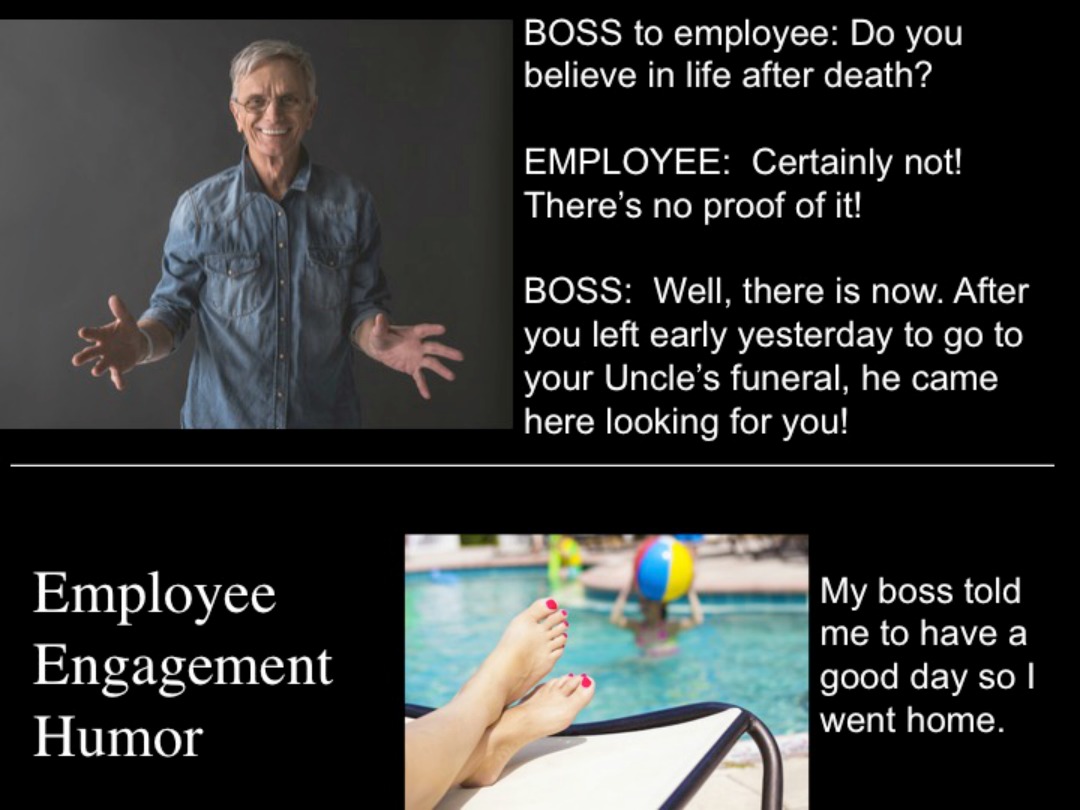How many times have I heard someone in a leadership position say, “I don’t like to micromanage… BUT…”
Within that simple word—but—there is an entire history: all the times an employee let him/her down, every time they had to take responsibility for a task that a team member failed to accomplish, not to mention being called on the carpet for failing to meet a critical deadline.

Most would agree that being micromanaged is demoralizing, frustrating, and demotivating. For a leader, however, micromanaging can represent a safety net while walking a high wire where the pressure to succeed is intense. Many leaders feel like they’re on the wire completely alone; they micromanage to avoid failure.
So, how do you make sure tasks/projects get accomplished without micromanaging?
The first and most critical step is to use the Socratic Delegation Process from the beginning.
When you do, both you and those to whom you delegate will have an extremely clear picture of what has been agreed to including when and how it’s going to be done.
The second step is to make sure you hold your team members accountable for deadlines. When a deadline slips and they don’t hear about it from you for a day, a week or more, they understandably think it must not have been important in the first place. Then they apply that logic to all deadlines from you.
It does not take much effort to record in your calendar a note that says something like, “Deliverable 1 of Project A delivered?” At the end of the day it’s due (and wait until the end of the day), if you haven’t received it, schedule a follow-up email for the following morning. If you send it the day it’s due, you are micromanaging and the employee may be working on it that same night to meet the deadline.
Finally, appreciation and feedback is important. Employees complain, “When I do something right, I don’t hear a word but when I mess up, my boss is all over me.” If you want to build a relationship where you don’t have to micromanage, make sure you let your team know when they do well AND when they could have done something better. This builds trust and also lets them know you’re paying attention.



